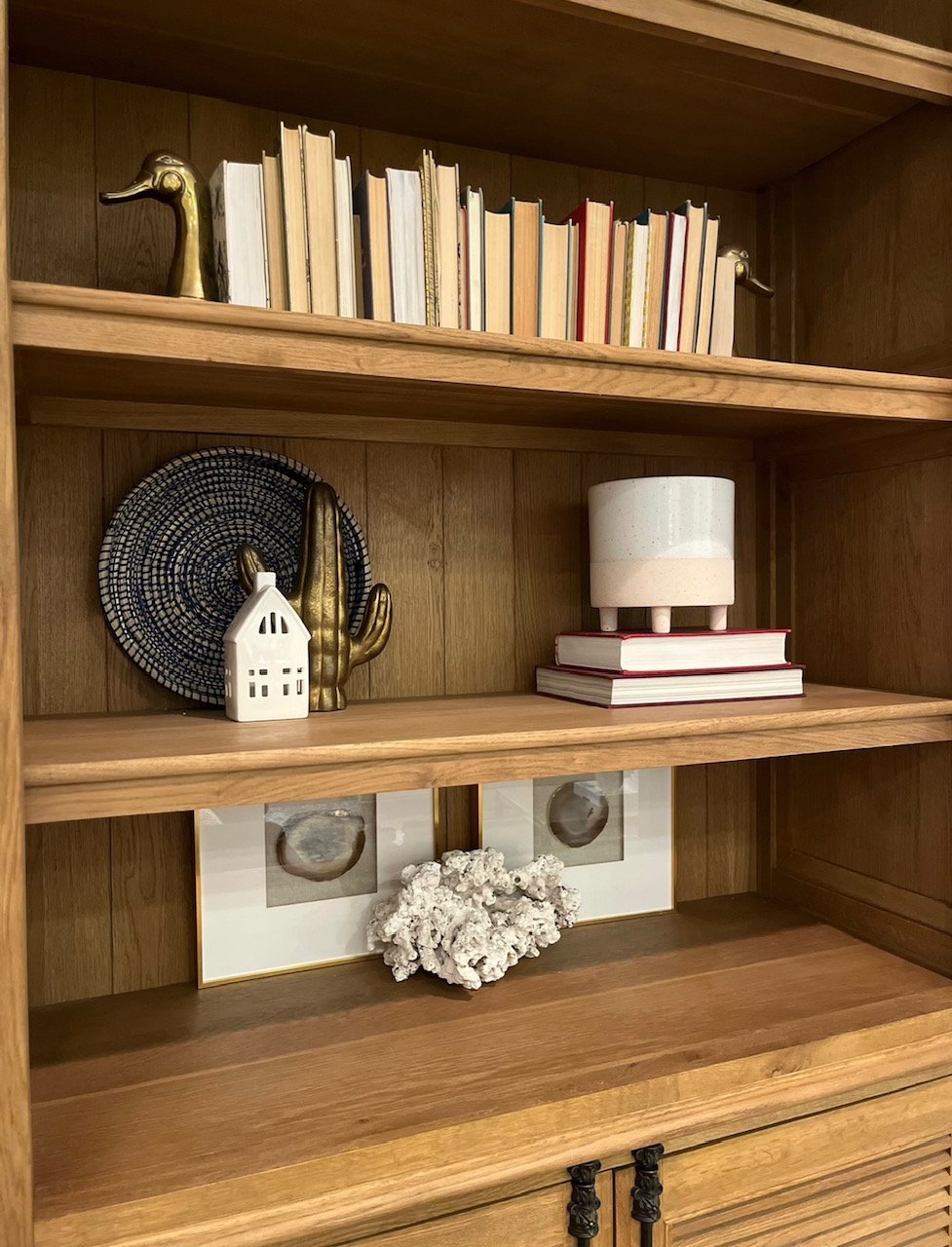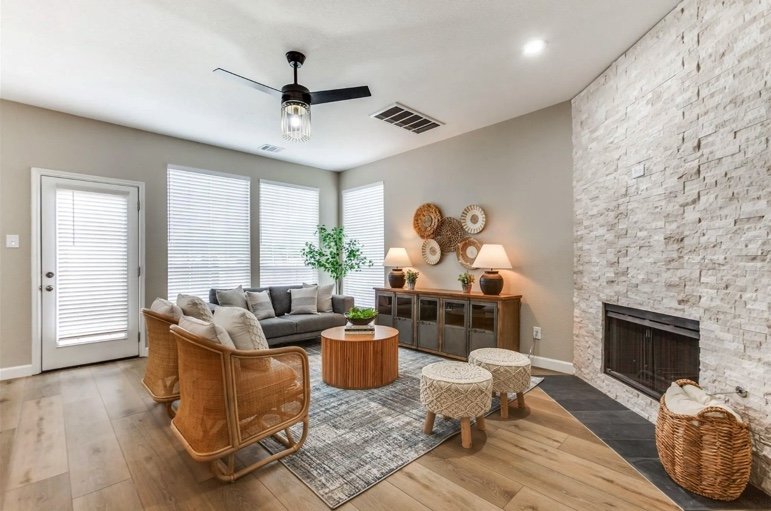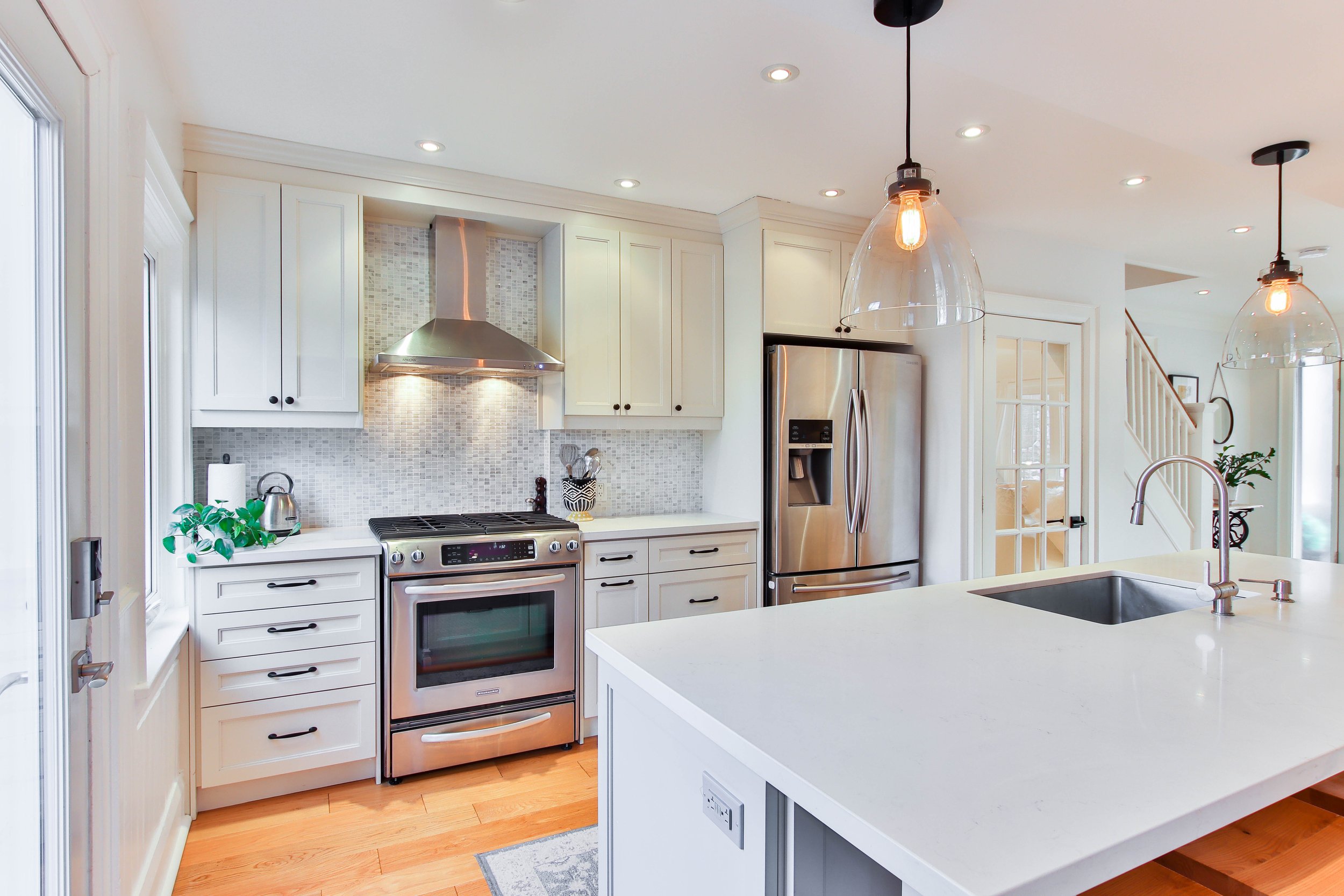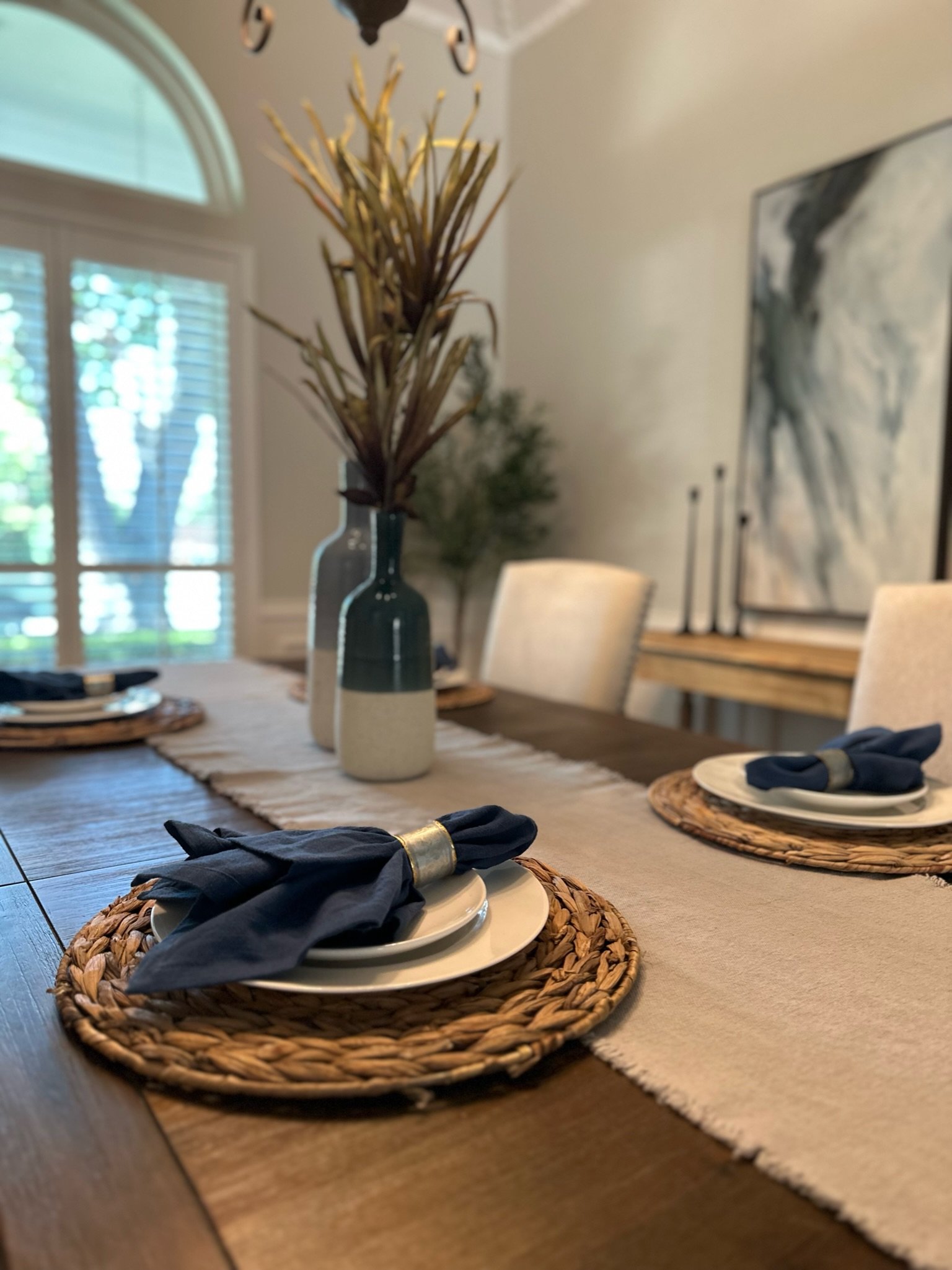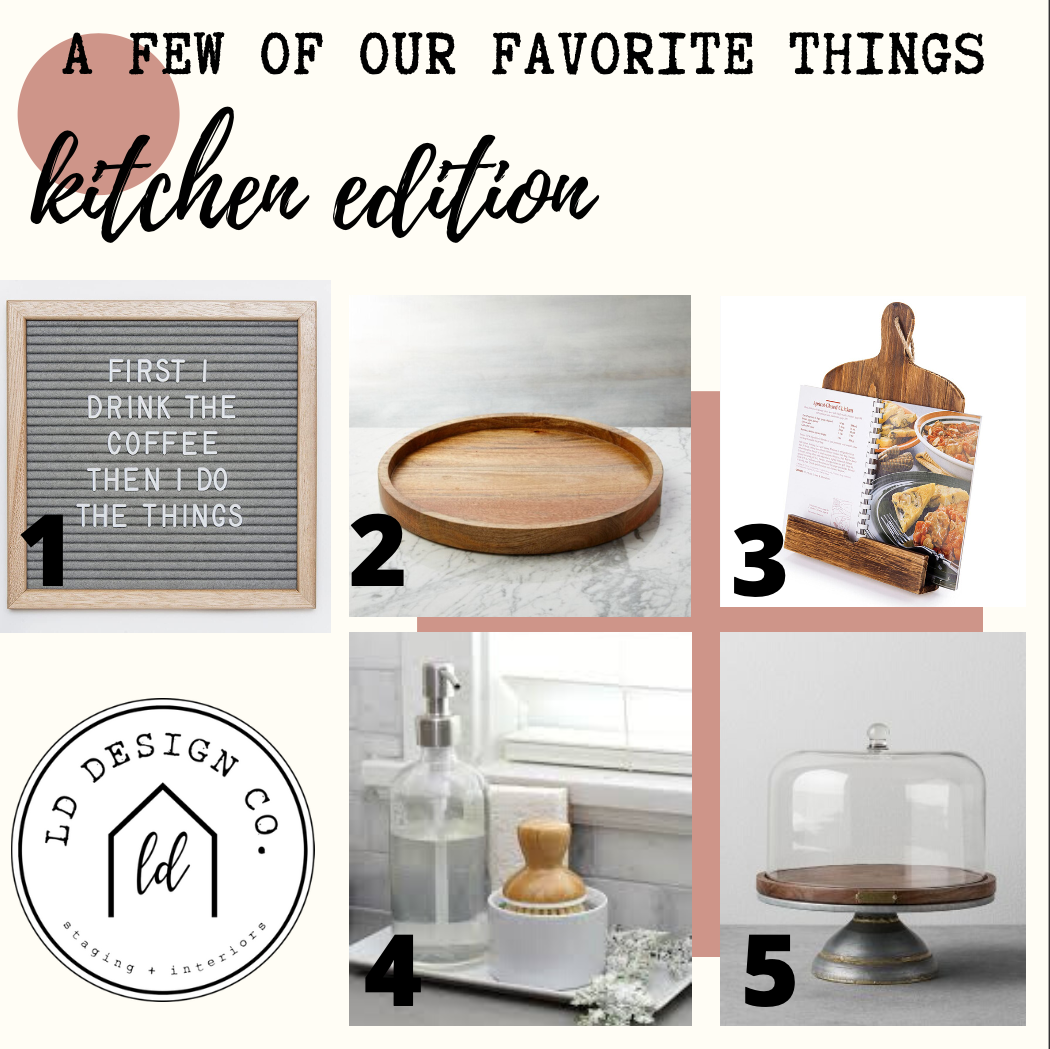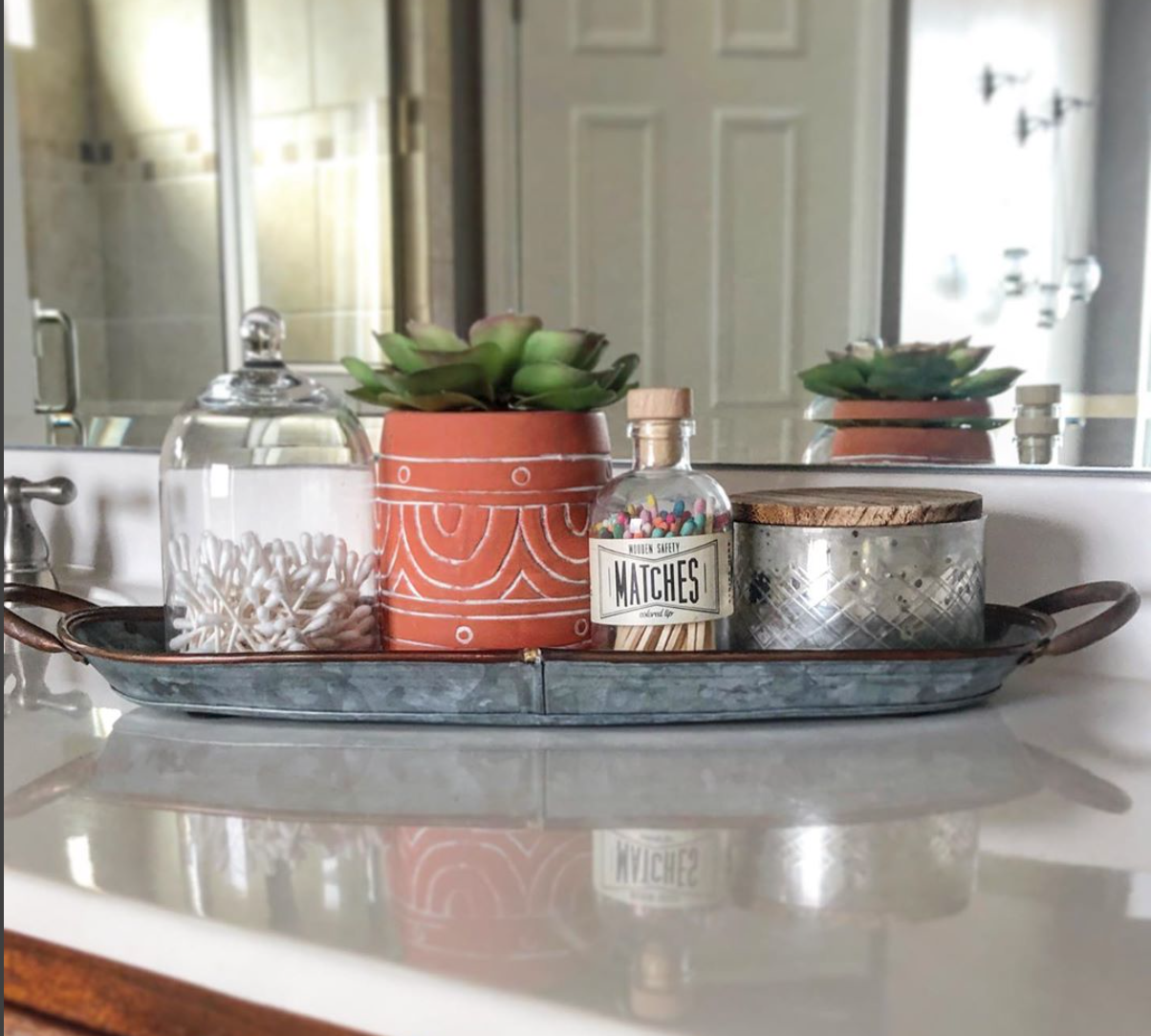Master bedrooms are often our personal oasis—the place we escape when we need a moment of serenity. It’s also a place where most of us spend nearly a third of our lives sleeping (or trying to sleep), and retreating for a moment of calm and quiet to escape the worries of the world (or kids).
The same goes for home buyers. When looking for that perfect new home, whether they know it or not, potential buyers are in search of a space to provide safety and serenity. The master bedroom retreat is the one room that should embody all of that, so it is important to make sure your master communicates a relaxing, adult retreat.
Whether you are decorating your personal home or staging to sell, here are some pointers to create a relaxing master environment that you can’t live without.
1. Maximize Your Lighting
Did you know natural sunlight is proven to improve mental health? When walking into a room with natural sunlight pouring in, your mood can be instantly lifted. Ensure you have the maximum amount of natural light in the room by removing curtains or furniture that can be blocking your windows.
Besides natural light, try playing around with lamps to provide a bit of mood lighting, creating a warm, comfortable setting. Lamps and timed candles are great soft touches to create a cozy, relaxing atmosphere. Be sure you have accent lighting coming from multiple angles in the room by adding matching lamps on either side of the bed and another source of soft light across the room, such as a lamp on the dresser or beside an accent chair.
2. Add Interest with Color & Texture
Colors are an essential part of your bedroom ambiance and are known even to influence emotions. Do you want a calming aura that soothes your worries? Try blue. Do you want a mysterious aura that creates intrigue? Try green. But stick with the lighter tones, pastels, and neutral shades since they create a calmer, relaxed feeling.
Don’t forget, you don’t have to go bold with colors in order to add interest. Try layering neutral tones (whites, creams, grays) together to add depth to your space, or play with textures (wood, leather, upholstery) to add dimension in a subtle, interesting way.
Texture is important in order for the room to feel cozy and inviting. It instantly transforms a room from dull to warm and welcoming. You can add texture with throw pillows, curtains, area rugs, or our personal favorite- all of the above! Layer an extra cozy throw to the end of your bed or add an oversized throw pillow to provide your space with those extra elements that make you want to stay and read a book on a rainy day.
Expert Tip: If you have throw pillow covers, add pillow inserts that are 1-inch larger than your cover in order for your pillows to appear extra fluffy and cozy.
3. Balance is Key
When creating a relaxing space, a well-balanced master bedroom promotes zen and clarity. In order to achieve this, it is important to arrange furniture effectively. Center your bed on the largest wall, ideally where you can see the neatly placed throw pillows and cozy linens upon entering the room. This will give you the best first impression upon entering your space.
Ensure you have matching nightstands on either side of the bed. Atop nightstands with matching lamps, or even better, hang matching sconces. Be sure your lighting is substantial in nature, having a presence in the room. Next, (and this is important), add matching, leafy plants to both nightstands to promote relaxation and zen.
Add a piece of calming artwork above the bed in order to center your space and draw your eye to the middle of the room. For a finishing touch, add a few throw pillows varying in size and texture and a bed and breakfast tray to the middle of the bed to complete your well-balanced look.
Key Takeaways
1. Prepare your room visually to create a serene, peaceful atmosphere.
2. Build a comfortable room where you look forward to relaxing.
3. Keep a clean, orderly environment for calmness and clarity.
If you’re struggling to give your master bedroom a perfect look, LD Design Co. has you covered. We’ll spend the time to get to know you, your overall style, and your needs. Then, we’ll help create the master retreat of your dreams.

















